Regulation is the biggest threat for Google and Facebook: GroupM
Google and Facebook, on the one hand, and Netflix, on the other, have structurally undermined a century-old economic model, according to a GroupM paper, titled ‘The Media Landscape’. The paper views the media landscape through the prism of the expenditure of large advertisers and examines some of the key protagonists that impact media supply.
GroupM states that these are dangerous days for advertisers – at least those who have used television as the foundation of their communication strategy. With shifts in viewing habits, commercial impressions in the most viewable, highest attention media are in free fall across the world. The problem is universal and if the viewing behaviour of younger audiences is a harbinger, things are not going to get better.
The paper observes that Google and Facebook are bringing about a disruption in the old economic model by advertising-led monetising of intent and social interaction in the absence of content, even as Netflix is monetising content in the absence of advertising.
In the case of Google and Facebook, massive outflows of cash combined with a diversion of attention from print media eviscerated the legacy publishing model. In the case of Netflix, the creation of an appetite for ad-free video diverted time, attention and money from traditional television. Enabled by the ubiquity of cheap broadband, Netflix led the over-the-top (OTT) revolution that threatens to undermine the business model of ad-supported television.
The paper states that at the heart of Google’s business is a trifecta of unique characteristics:
- A monopoly on intent and search in most regions
- A virtual monopoly on ad-supported short-form video
- Control of the infrastructure of the 75% of digital advertising not controlled by Facebook
These activities and Google’s market position are reinforced by signals from Gmail, Maps, the Google Play Store, the Chrome browser and the Android operating system.
On the other hand, at the heart of Facebook’s business is an equally compelling collection of attributes:
- A monopoly on social actions in most regions
- A near monopoly on messaging in Western markets, with market shares far in excess of Twitter and Snap
- A share of social advertising exceeding 80%
These activities and Facebook’s market position are reinforced by both consumer opt-in and the company’s ubiquitous view of identity enabled by “log in with Facebook” and the presence of Facebook pixels on publisher, advertiser and commerce sites alike.
Meanwhile, though less dominant, Netflix is as disruptive as these two. The company has what may be a durable market share, but a less clear path to meaningful profits, as content costs continue to rise and producers wrestle with the choice between vertical integration of production and distribution and becoming content arms dealers with a focus on the highest bidder.
The emerging vulnerabilities
The position of these three companies in the West, at least, seemed impregnable only two years ago. Now they continue to grow in both volume and share, but at decelerating rates and with clear vulnerabilities that may demand or impose significant change, states GroupM’s paper.
In the case of Google and Facebook, the data assets that laid the golden egg of targeted advertising are now questioned. Do they know too much? Are they reliable custodians? Is the method of acquisition an invitation to social harm? Has the resultant market dominance acted as a brake on competition and innovation? Is power that was conventionally the province of the state safely transferred to the enterprise?
In short, what competition has failed to disrupt is now the bull’s-eye of regulatory interest across the world. It seems that those regulators have identified consumer harm, the enablement of criminality and the undermining of democracy as sufficient reason to demand radical change. The UK government published a white paper (a prelude to regulation) entitled “Online Harms” in April 2019. The problem for Google and Facebook is that the efficiencies inherent in global technology standards are no protection at all against local and enforceable regulation in everything from data use to definitions of free speech and tax treatment.
It’s worth stepping back and asking how Google and Facebook achieved their market positions, and why they became so attractive to advertisers.
Providing an answer to this, the paper states, “Google and Facebook provided market-beating utility with zero economic or technological friction, which disrupted highly inefficient legacy markets in information and communication. They did so with quality and speed sufficient to engender exponential growth, and with that growth erected insurmountable barriers to competitive market entry.”
In the case of advertising specifically, Google and Facebook were able to leverage active and passive intent and behaviour signals at super scale on and off network in a way that created value for the biggest advertisers and, most importantly, for millions of businesses and enterprises. The fact that Google served all advertiser constituencies is central to its success.
Both Google and Facebook have acquired and refined every bit as much as they built. Facebook and Messenger are “homegrown” while Instagram, WhatsApp and Oculus are not. Google created its underlying search engine, but was far from first to market with either auction-based keyword sales or the commingling of organic and paid listings. YouTube was acquired, as were Android, DoubleClick and Invite Media, the underpinning of Google’s programmatic platform.
Both companies are admired and valued by users, advertisers and the host of enterprises that probably would not have existed had they not been created. For some, though, the price is just too high; they see that the efforts made by the companies to de-weaponise their platforms have fallen short. According to the paper, the reason for that failure is that the platforms can never exert absolute control over access to their platforms or the content that appears on them. More accurately, they cannot do so without incurring costs that will hobble their progress. So far, regulators have been content to fine Google and Facebook. The sums are large in any normal corporate context, but little more than an inconvenience to these companies. It seems certain that the fines will rise and the calls for breakup will get louder in 2020.
Who or what threatens Google and Facebook?
Regulation is easily the biggest threat. A boycott by advertisers is no threat at all; advertisers go where the customers are. Of greater significance is what Facebook and Google might do to themselves. Facebook’s announcement of the consolidation of the data engines of WhatsApp, Messenger and Instagram in the name of end-to-end privacy should be seen alongside its energetic development of Instagram commerce and Libra cryptocurrency. Messaging, storefronts, commerce and currency represent a radically evolved model for the company. These initiatives will be viewed by some politicians and regulators as aggressive moves, and may see a backlash as a result.
At Google, the threats are three-pronged. Regulators appear focused on their ownership of Android, the social consequences of YouTube and their market dominance in both search and the ad tech ecosystem. Google’s grip on app revenue is also loosening, as a number of major developers are bypassing the Play Store – because they are able to and perhaps because they believe Google is in a less-strong position to enforce its gatekeeping position.
Smaller companies could also pose threats. In advertising specifically, Twitter and Snap are resurgent and valuable to advertisers, but, like Pinterest, they are still small. Snap is most likely to erode the share of Facebook, while Pinterest is more likely to provide advertisers some options with respect to search and Instagram. Elsewhere, TikTok has zoomed into public consciousness. However, there is a view that TikTok is “born toxic” and that its commercial growth may be forever hobbled because when you allow people to do bad things, that’s what they will do.
The bargain becomes ever more complex for the largest advertisers. Business performance is commingling with ethical concerns, many channels to market are also competitors, and the information asymmetry between the platforms and their customers has never been greater, concludes the paper.




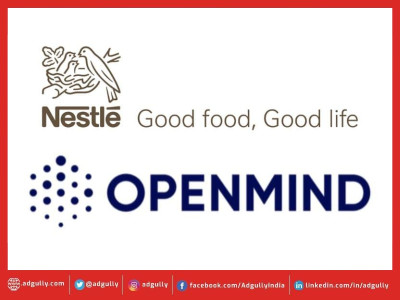
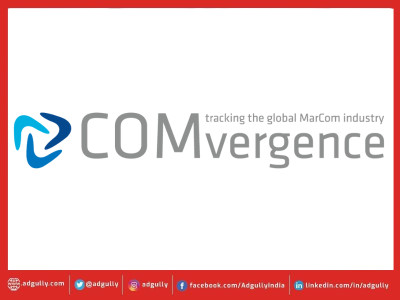
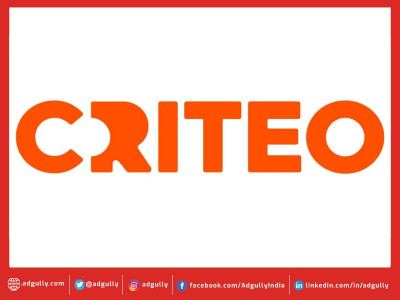
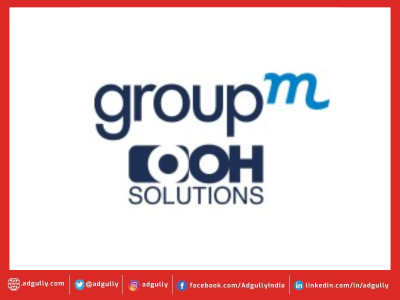
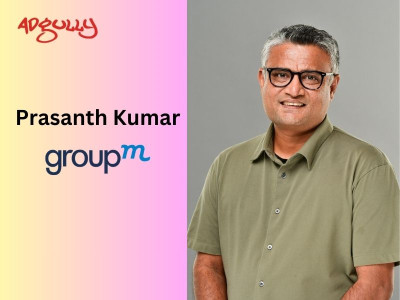

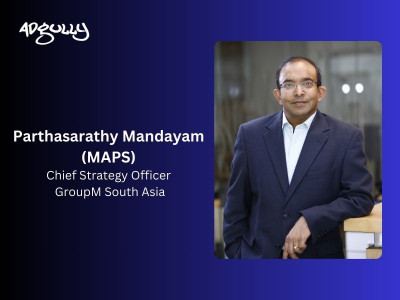
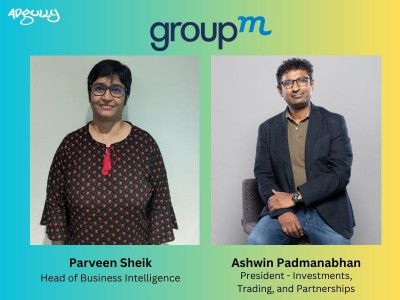




Share
Facebook
YouTube
Tweet
Twitter
LinkedIn